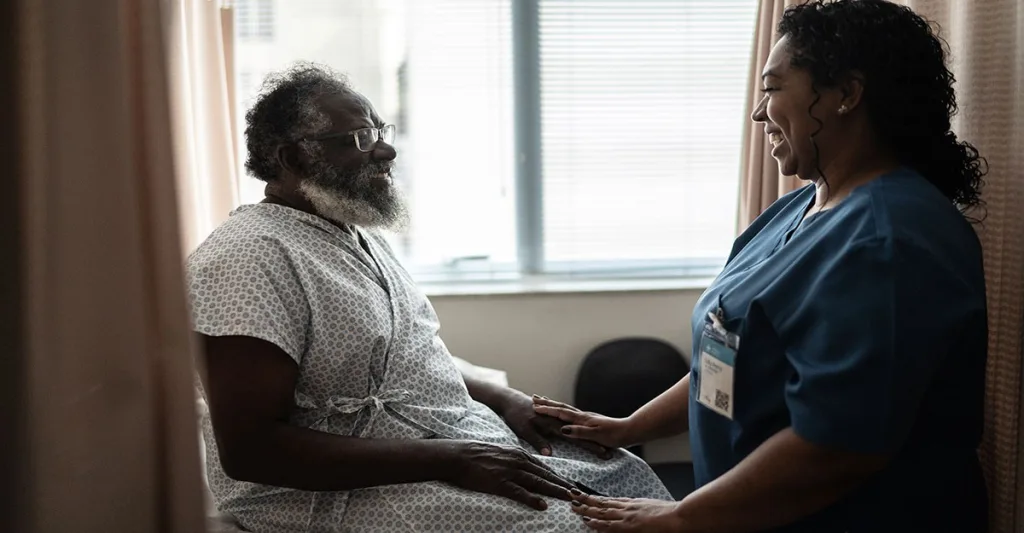As a nurse, patient safety is one of your most -- if not the most -- important legal and ethical duties. When you follow safe medication administration practices and patient transfer procedures, make sure foreign bodies aren't left in a patient during surgery, and so on, you're fulfilling this duty by protecting patients. But patient safety goals can also protect nurses.
Why stick to patient safety goals?
Patient safety issues are the leading cause of malpractice suits involving nurses. An analysis by a medical liability insurer indicated that 850 of 4,634 malpractice claims closed between 2018 and 2021 involved nurses. Of the 850 claims,
- 45% concerned patient monitoring.
- 18% involved medication administration.
- 14% were attributed to falls.
- 10% were related to pressure injuries.
Clearly, all of the claims were related to patient safety. In another analysis, Nurses Service Organization (NSO) found that of the types of nurses sued, 86.8% are RNs. Nursing students represented 1% of the recent claims.
How is patient safety defined?
The World Health Organization (WHO) defines patient safety as preventing and reducing risks, errors, and harm to patients that occurs during the provision of health care. The organization also declared patient safety a global health priority. WHO also identified patient safety situations that cause the most concern, all of which can involve nurses or nursing care. They include:
- Medication errors
- Healthcare associated infections
- Diagnostic errors
- Unsafe transfusion practices
- Sepsis
For the Agency for Healthcare Research and Quality (AHRQ), patient safety is a means of minimizing the number of incidents of adverse events and their impact. Adverse events refers to harm to patients that happens as a result of medical care, rather than being attributed to a patient's underlying disease. Subcategories of adverse events include:
- Preventable adverse events that are caused by errors or failure to apply accepted prevention strategies
- Ameliorable adverse events, which are not preventable, but could have been less harmful if care had been different
- Adverse events due to negligence, which occur when care falls below the standard(s) of care expected of healthcare providers
Some events identified by the AHRQ that do not result in harm to the patient are near misses. In this scenario, a patient is exposed to a hazardous situation, but does not experience harm due to chance or early detection. An example might be when an incorrect medication is about to be administered to a patient and the nurse discovers this before the medication is administered. Errors, a second hazard, involves an act of commission or omission that exposes a patient to a potentially hazardous situation. An example of this hazard might be when a confused patient is left unattended and falls from bed, resulting in an injury. Many of my blogs about legal quandaries that nurses may find themselves in involve patient safety breakdowns. For instance, a 2021 blog talked about how a nurse's failure to report a change in a patient's condition resulted in liability for the RN's employer.
11 pointers to remember
Patient safety is the core of nursing practice. Regardless of your title, you must always be mindful of your patient safety goals. Here are some pointers to always keep in mind:
- Follow your facility's patient safety protocols to the letter.
- Don't take shortcuts when providing care.
- Always adhere to current standards of practice.
- Use critical thinking and clinical judgment in your patient care.
- Follow established safe medication administration principles.
- Listen to your patients if they question a medication or voice other care concerns.
- Transfer patients using only established procedures.
- If you're a student nurse, during clinical rotations do not exceed your comfort level when providing care.
- Purchase your own professional liability insurance policy and keep it current.
- Serve on risk management and quality assurance committees.
- Remember that if patient safety is compromised, your license to practice can be compromised, as well.
Chat with your colleagues about important issues like this one. Download the Nurse.com social networking app today. 






